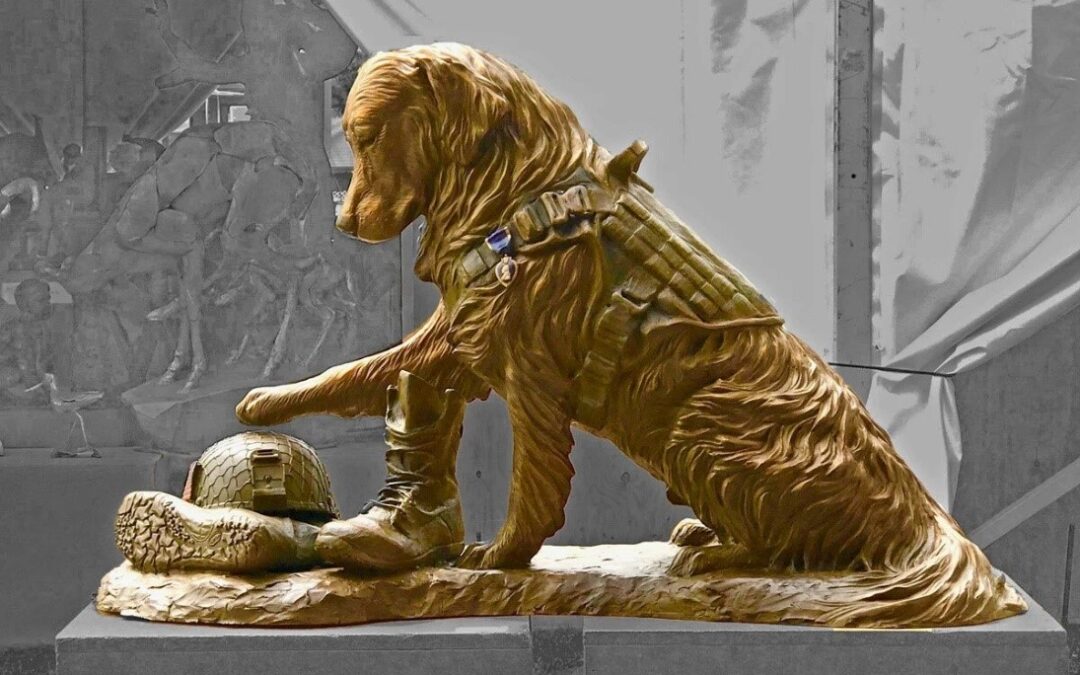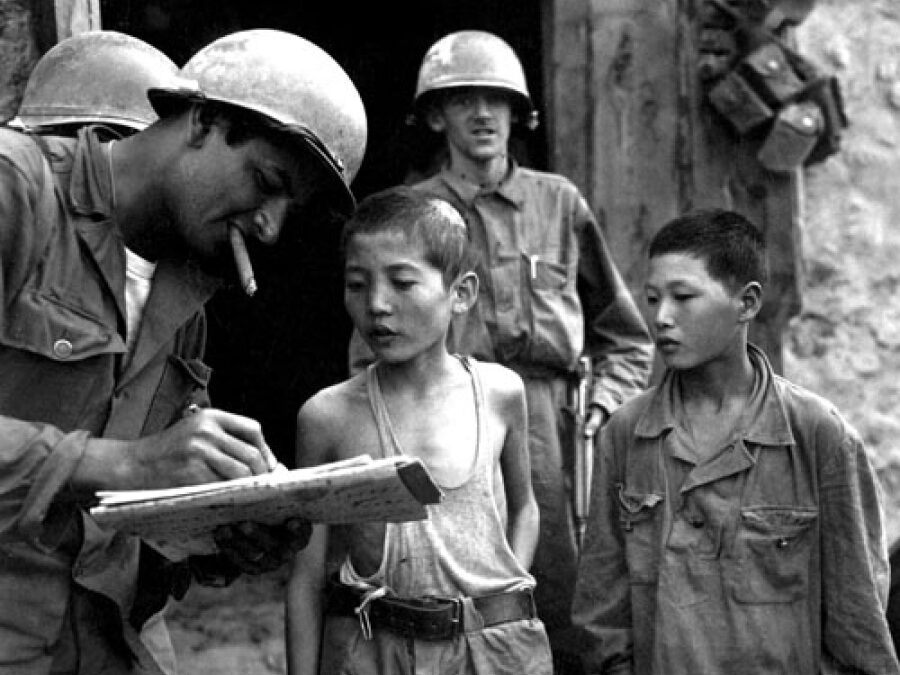USO Military Support Are you curious about USO benefits and veterans’ care? The United Service Organizations, better known as the USO, has existed for more than 80 years, bringing comfort and support to military service members and their families. The USO works closely with the Department of Defense (DoD) and is chartered by Congress. However, the non-profit organization is not operated by the US government and is in fact private. Together We Served recognizes the superlative efforts that the volunteers and staff of the USO have gone through to ensure that service members and military families receive care to make the burdens they carry a little lighter. USO Centers There are more than 230 USO locations worldwide, though civilians are probably most used to seeing them in major airports. The USO isn’t only present in the United States, though. Centers can be found in places as far-flung as Kuwait, the United Arab Emirates, Djibouti, Germany, Italy, Japan, South Korea, and even Iraq....









